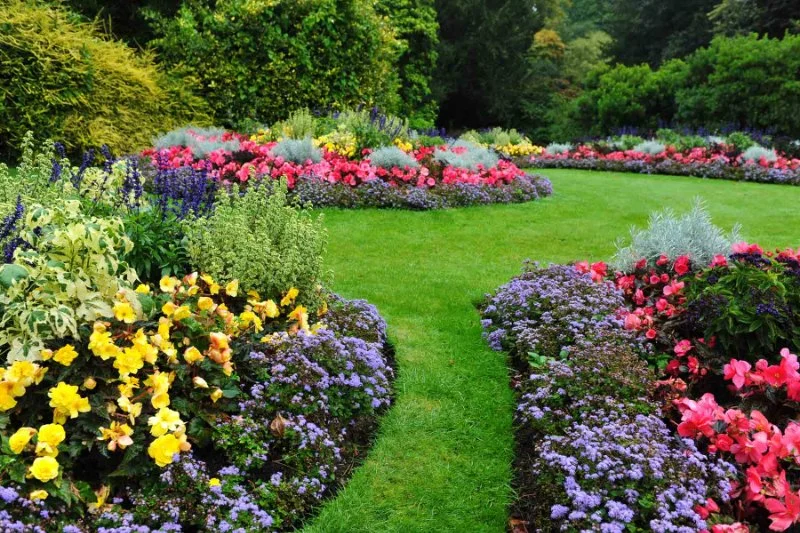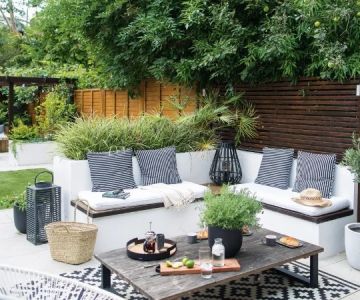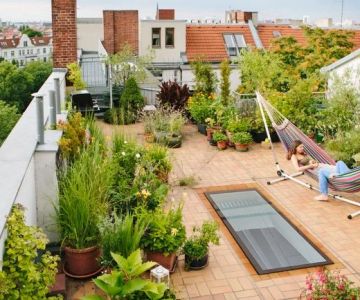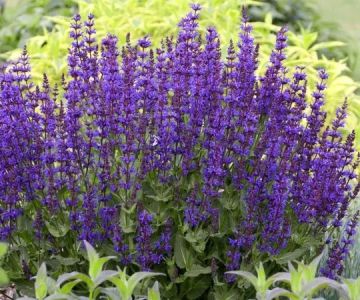
- Understanding Plant Competition in Gardens
- How to Select Plants that Don’t Compete
- Types of Plants That Thrive Together
- Design Tips for Creating a Harmonious Garden
- Maintaining a Balanced Garden
Understanding Plant Competition in Gardens
When designing your garden, one of the most important factors to consider is how plants interact with each other. Some plants are highly competitive, fighting for space, sunlight, and nutrients. This can lead to poor growth, weak plants, and an unbalanced garden. Understanding how plants compete for resources is essential for creating a healthy, thriving landscape.
Plants compete in various ways, including:
- Root Competition: Some plants have deep roots that take up a lot of water and nutrients, leaving less for shallow-rooted plants.
- Light Competition: Taller plants can block sunlight from reaching smaller plants, causing them to become weak and spindly.
- Space Competition: Crowded plants will struggle to grow as they fight for physical space in the soil.
To avoid these issues, it’s crucial to select plants that complement each other rather than compete. In the following sections, we’ll discuss how to choose non-competitive plants for your garden.
How to Select Plants that Don’t Compete
Choosing plants that don’t compete for resources can help create a more harmonious and beautiful garden. Here’s how to approach your plant selection:
- Consider Growth Habits: Choose plants with different growth habits. For example, select ground cover plants that spread horizontally while incorporating taller plants that grow vertically, like shrubs or trees. This helps maximize space without overcrowding.
- Group Plants by Watering Needs: Select plants with similar watering requirements. Some plants need more water than others, so pairing plants with different needs can lead to overwatering or underwatering some plants. Look for plants that thrive in the same moisture conditions.
- Pay Attention to Soil Preferences: Some plants prefer dry, well-drained soil, while others prefer moist, fertile soil. Group plants with similar soil preferences to avoid competition for nutrients.
- Plan for Companion Planting: Companion planting involves pairing plants that benefit each other. Some plants can deter pests or improve soil health, while others may provide shade or support for climbing plants.
Types of Plants That Thrive Together
When selecting plants, it’s important to know which types work well together. Here are some examples of plants that typically thrive in harmony:
- Herbs and Flowers: Many herbs like basil, mint, and thyme grow well with flowers such as marigolds and sunflowers. These combinations create a beautiful, aromatic garden without much competition.
- Vegetables and Companion Plants: Vegetables like tomatoes, peppers, and lettuce can be paired with companion plants such as beans, peas, and carrots. These plants work well together by providing natural pest control and enhancing growth.
- Shade-Loving Plants: For shaded areas, consider pairing plants like hostas, ferns, and astilbes. These plants thrive in low-light conditions and won’t compete with each other for sunlight.
By understanding plant growth habits and selecting the right combinations, you can create a balanced and thriving garden that minimizes competition.
Design Tips for Creating a Harmonious Garden
Designing a garden that minimizes plant competition requires careful planning. Here are some tips to ensure your plants thrive together:
- Use Layers: Create layers in your garden by placing taller plants in the back and shorter plants in the front. This ensures that all plants receive adequate sunlight and space to grow.
- Leave Room to Grow: Don’t overcrowd your plants. Allow enough space for each plant to reach its full size without being stifled by others. This will help prevent competition for space and nutrients.
- Incorporate Vertical Gardening: Vertical gardening allows you to grow plants like vines, climbers, and trellises without taking up valuable ground space. This helps you maximize your garden's potential without overcrowding.
Maintaining a Balanced Garden
Once you’ve selected your plants and designed your garden, it’s important to maintain it to ensure continued harmony. Regular maintenance tasks include:
- Pruning: Regularly prune plants to prevent them from overtaking other plants. This helps maintain a healthy balance between your plants and encourages healthy growth.
- Fertilizing: Apply fertilizer based on the needs of your plants. Over-fertilizing can lead to aggressive growth, causing competition for space and resources.
- Watering: Ensure that you water your plants according to their specific needs. Some plants require more water than others, so adjust your watering routine accordingly to avoid water-related competition.
By following these maintenance tips, you can keep your garden healthy and free from competition between plants. A well-maintained garden will provide years of enjoyment without the hassle of constant adjustments.
At Beautiful Landscapes, we offer expert advice and a variety of products to help you create the perfect garden. From plant selections to gardening tools, we provide everything you need for a thriving, non-competitive landscape.









 Natural Environments/Robert C. Boyce, RLA, LLC5.0 (10 reviews)
Natural Environments/Robert C. Boyce, RLA, LLC5.0 (10 reviews) CORNE LANDSCAPENING LLC4.0 (10 reviews)
CORNE LANDSCAPENING LLC4.0 (10 reviews) Angel and Sons Landscaping3.0 (2 reviews)
Angel and Sons Landscaping3.0 (2 reviews) Root 54 Landscapes5.0 (4 reviews)
Root 54 Landscapes5.0 (4 reviews) VIP Foliage & Landscaping4.0 (15 reviews)
VIP Foliage & Landscaping4.0 (15 reviews) Harvest Moon Designs5.0 (4 reviews)
Harvest Moon Designs5.0 (4 reviews) How to Prevent Soil Erosion Naturally Without Retaining Walls
How to Prevent Soil Erosion Naturally Without Retaining Walls How to Design a Sensory Garden (Smell, Touch, Sound)
How to Design a Sensory Garden (Smell, Touch, Sound) How to Build a Pathway That Blends With Nature: A Step-by-Step Guide
How to Build a Pathway That Blends With Nature: A Step-by-Step Guide 7 Steps to Create a Pollinator Garden That Attracts Bees & Butterflies
7 Steps to Create a Pollinator Garden That Attracts Bees & Butterflies How to Use Native Grasses for Texture & Movement in Your Garden
How to Use Native Grasses for Texture & Movement in Your Garden How to Build a Stone Pathway With a Natural Flow
How to Build a Stone Pathway With a Natural Flow